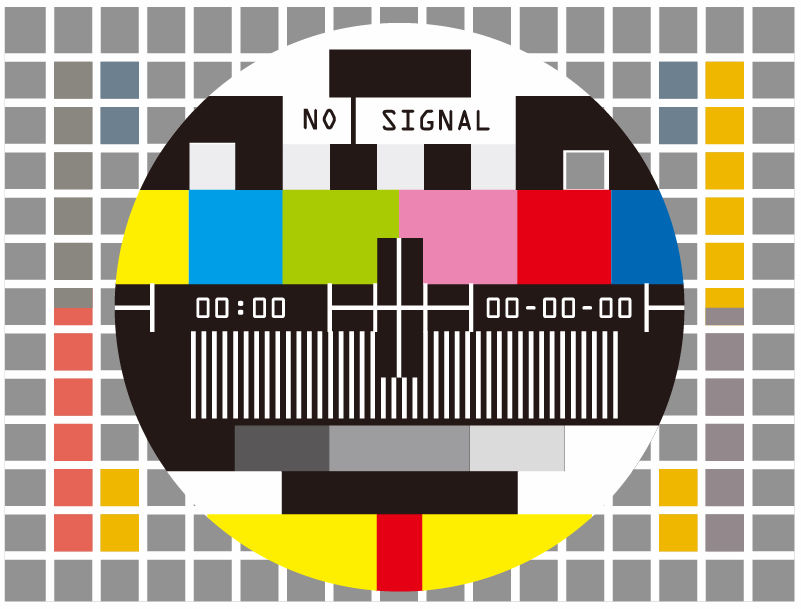Having a website these days is ubiquitous to any corporations, even individuals. But parking a static website permanently in cyberspace? That is as good as employing zombies to man your reception counter. You are literary having an undead website running loose in cyberspace.
What Exactly Is An Undead Website?
A web presence of any corporation is the cyberspace equivalent of your retail front, or the front door to your headquarters. It comes complete with your signboard, displaying your registered name and logo (if any) for everybody to see. It is because of this high public visibility that it represents your business identity and corporate beliefs.
In reality however, many of these corporate websites look nothing like their physical alter egos. Aside from the apparent effort to use the same corporate colour schemes and logos, nothing on the websites reflect the companies that they represent. They are only there because their owners want mark their presence in cyberspace. They want to plant a flag onto the newly claimed cyberland and announce of their presence there.
I would love to put up samples of these websites/companies here, but I don’t want to risk being charged with criminal defamation. So instead, I’ll just let your imagination run wild…
Typical Characteristics Of An Undead Website
(1) Over-Reliance On Templates
Almost all web builders, content management systems and web design softwares have a plethora of templates for you to choose from. Most of them look pretty much similar to one another, albeit with minor formatting changes here and there.
Now there is nothing wrong with using a standard template. Using a standard template does save you a whole lot of time and effort in getting one’s website up and running. However, using any standard templates without doing much to “personalise” your website will make it look like just another zombie on the studio set of a zombie apocalypse TV series.
Yes, there is an ocean full of similar looking undead websites populating the cyberspace. And no, you don’t want to be one of them.

(2) Over-Reliance On Place-Holder Or Library Images
Just like being over-relient on using a standard template, reusing the commonly available library images or standard images in the image place-holders will amplify the perception of your apparent laziness and thoughtlessness.
These images are used because it represent a wide spectrum of identities. That in itself already disqualified its use in your website. You want to personalise your website, not make it look common and insignificant.

I have seen websites showing images of their staff happily greeting their visitors of the website. However, the “staff” on the images consist mainly of Caucasians, while the website is of a typical Asian company, staffed with typical Asian personnel. Most importantly, not a single person on their payroll is of Caucasian decent. What will happen when visitors of their website come visiting to their physical office, and are confused with the dissimilarity?… Are they even chargeable for false advertising?…
(3) Over-Reliance On Standard Text Descriptions
Like the standard templates and image place-holders, text place-holders sometimes also have standard text too. And there are designers who just simply leave them there, or merely give a vague and over-generalised description. Nothing that really describes what the organisation behind the website is all about.

Every corporation is unique, and no two companies are alike. So why should their descriptions say otherwise? A mere blanket statement that describes them all in the same way? Or worse, not describing any of them at all. Mere empty words that doesn’t mean anything at all.
Important information that are normally sought by visitors are not there, like who runs the company, and who are the contact persons in charge of each responsibility, or each department? Instead, unimportant, meaningless and empty statements are abundant, just to fill in the otherwise empty spaces.
Vision and mission statements?… They are meaningless to your web visitors. Try keeping them for your own internal use.
(4) No Updates After Going Live
Every corporation is a living, breathing organisation, run by living, breathing human beings. And because they are run by living, breathing human beings, the company is “alive”, just like their staff manning the company. Activities carried out everyday are just like biological processes that run regularly in the body of a living being.
So if the physical company is always “alive” by carrying out living activities, why shouldn’t its cyberspace equivalent be just as “alive”? Why should the cyberspace equivalent of the company’s identity be forever put in suspended animation shortly after it is launched?
Visitors will want to know if the company they are visiting is still active and operational. But with an undead website, they will not be able to know that. Not even if they keep coming back to the same webpage day after day, week after week, month after month. For all they know, the company has already folded, business gone bust, and its premises auctioned off, since nothing in the website indicates that the company is still alive and functioning.

(5) No Human Touch
Just as how you would put a personal touch to the living spaces in your home, you would also do the same for your work space too. You decorate your offices with personal touches, like potted plants along the corridors, walls decorated with photos from the last company family day, and maybe even have your reception staff greet all walk-in visitors in a unique way.
But unless your online visitors are given the same treatment as your walk-in visitors, there will always be a discontinuity between your online visitors and your actual organisation.
A cold and impersonal website, devoid of the warm human touch to your organisation will make it very difficult for your online visitors to feel the way you want all of your visitors to feel. And considering that more people actually visit your website than your actual physical office, they will have a very negative perception to your company.
Your Website Is Neither Dead Nor Alive
What you are left with is essentially a functional website, but one that is completely devoid of life. It is not exactly dead, but then again, neither is it alive.
It is essentially… Undead…
An undead website is one that is like zombie, kept “alive” by all of the physiological processes that are still going on under the skin, but has essentially no brain function to coordinate how the body actually functions. An undead website is kept “alive” because the owner keeps paying for the web hosting and domain fees, but aside from that, have literary no interaction what-so-ever with it.
Next Week – How To Prevent Your Website From Becoming Undead
In the next installment, I will share with you how to keep your website alive, ward off the zombie attack, and prevent your website from joining the zombie horde.



Pingback: Why Do Corporations Have Undead Websites? Part 2 of 2 -
Pingback: Anchor Your Brand With Your Corporate Website - Solarex Imaging
Pingback: Having A Website Vs. Having A Web Presence - Solarex Imaging
Pingback: Shadowfax Sdn. Bhd.Corporate Branding - Solarex Imaging
Pingback: Why Do I Need A Corporate Website When I'm Already Active In Social Media? - Solarex Imaging
Pingback: The Same Old "I Want A Website, Not A Blog" Excuse - Solarex Imaging